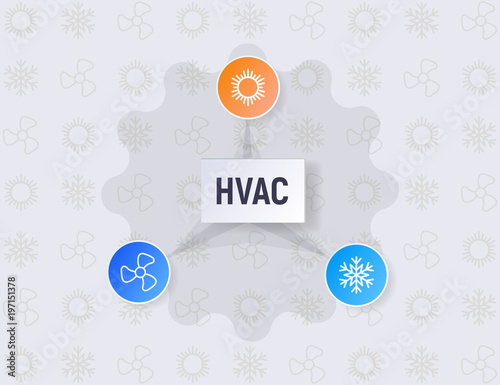Learn Just How To Ensure The Performance And Durability Of Your Heatpump System By Staying Away From Common Installment Blunders
Learn Just How To Ensure The Performance And Durability Of Your Heatpump System By Staying Away From Common Installment Blunders
Blog Article
Developed By-Dowling Crosby
When installing a heatpump, you must avoid usual errors that might jeopardize its performance. Neglecting proper sizing may lead to inefficiencies and higher utility expenses. Disregarding insulation and sealing might cause energy wastage and pressure on the device. Moreover, placing the exterior unit inaccurately might impact its performance. By preventing these mistakes, you can guarantee ideal working and resilience of your heat pump system.
Improper Sizing of Heatpump
When it comes to the setup of heat pumps, among the most usual mistakes is incorrectly sizing the device for your space. Ensuring the ideal size is important for ideal efficiency. If the heat pump is too small, it will certainly struggle to warm or cool your space efficiently, bring about increased energy costs and potential damage on the system.
On the other hand, if the heat pump is also large, it will certainly cycle on and off often, causing temperature level fluctuations and lowering its life-span.
To avoid this error, it's important to have a professional assess your area and suggest the ideal size of the heatpump based upon elements like square video, insulation, ceiling height, and neighborhood climate. By spending the time and effort to make certain the appropriate sizing, you can delight in a comfy setting while making the most of energy efficiency and prolonging the life-span of your heatpump.
Inadequate Insulation and Sealing
To make sure the effective operation of your heat pump, it's essential to deal with insufficient insulation and sealing in your room. Correct insulation helps keep a constant temperature level inside, minimizing the workload on your heat pump. Inadequate insulation can result in power loss, making your heat pump work harder and much less effectively.
Sealing any kind of spaces or leaks in your space is equally vital. These voids enable conditioned air to escape and exterior air to permeate in, compeling your heatpump to compensate for the temperature level variations.
Wrong Placement of Outdoor Unit
Resolving the placement of your heatpump's outdoor unit is essential to maximizing its performance. Mounting the outside device in an inaccurate location can cause effectiveness issues and potential damages to the device.
One typical blunder to stay clear of is putting the exterior unit too near to a wall surface or various other structures. This can limit airflow, creating the unit to work more challenging to warmth or cool your room, inevitably minimizing its efficiency and life-span.
One more error to avoid is positioning the exterior system in straight sunlight. While have a peek at this site is unavoidable, extreme exposure can lead to overheating, specifically during warm summer days. It's ideal to place the outside unit in a shaded area to help keep its optimum operating temperature level.
Moreover, make certain that the outside device is put on a steady and degree surface area. Unequal ground can create vibrations and unnecessary pressure on the system, impacting its performance over time.
Conclusion
Finally, staying clear of usual errors throughout heat pump installation is crucial for optimizing efficiency and long life of your system. By making certain appropriate sizing, sufficient insulation, securing, and appropriate placement of the exterior system, you can prevent issues such as inefficiencies, increased power costs, and pressure on the device. Taking https://louisupjdx.59bloggers.com/30922485/emerging-advancements-in-heat-pump-innovation-vital-information-for-house-owners to attend to these essential variables will eventually save you money and time in the future.
